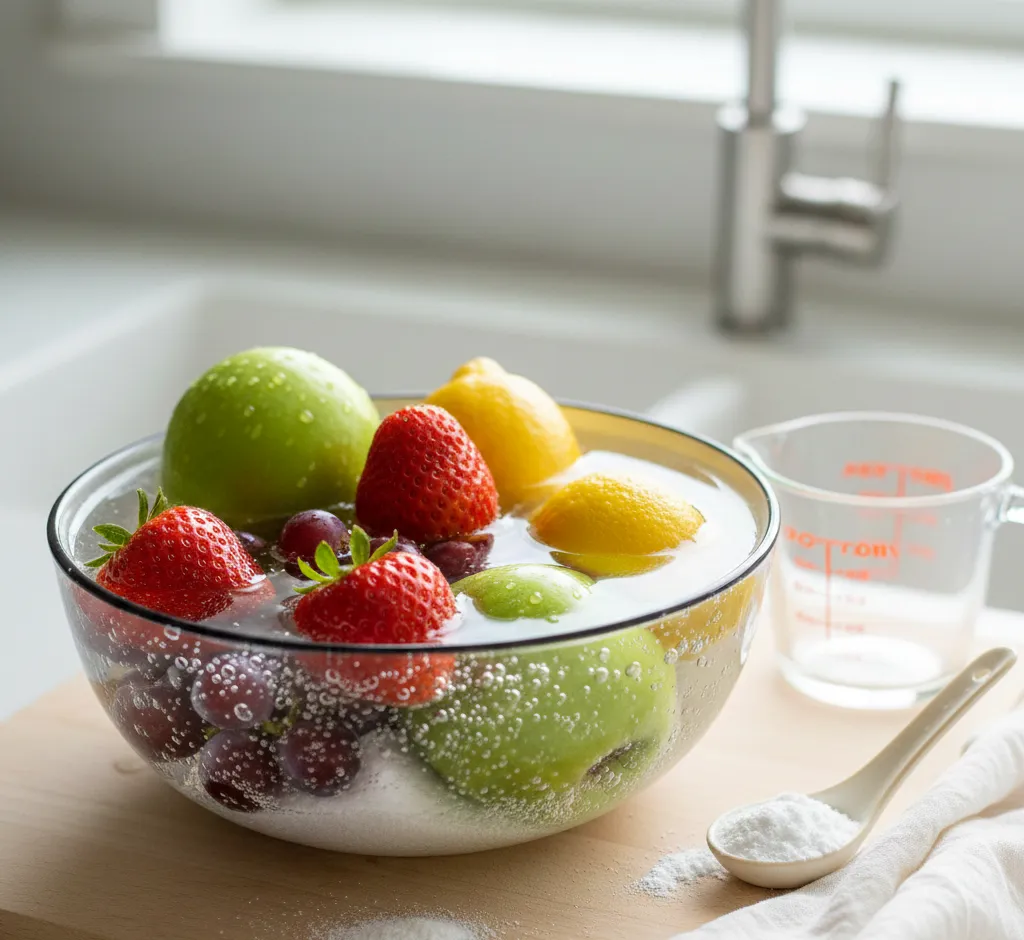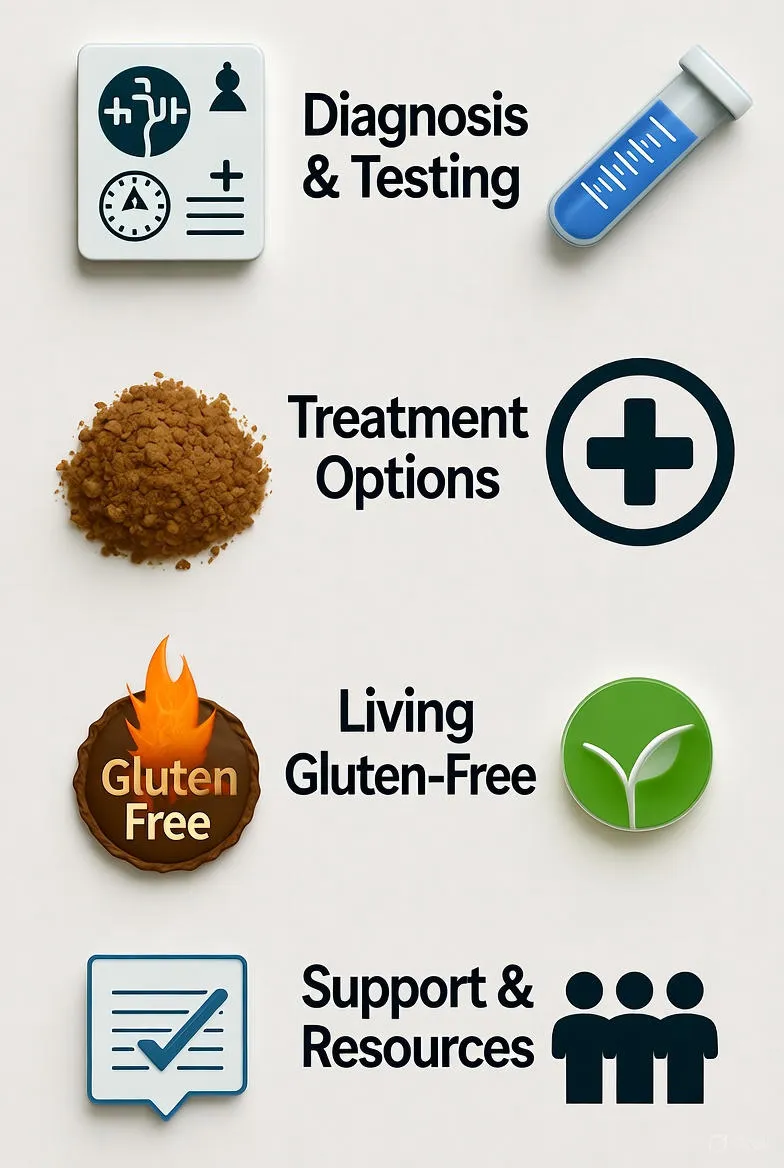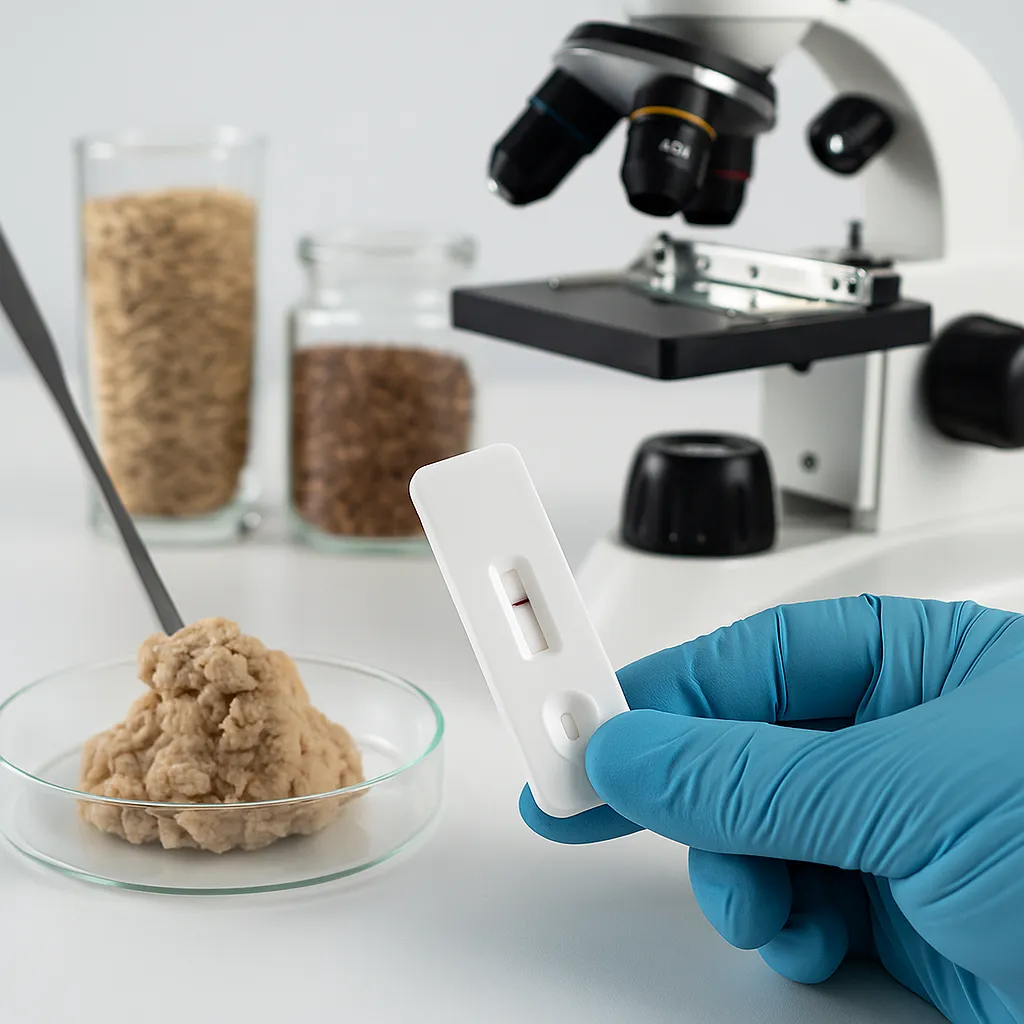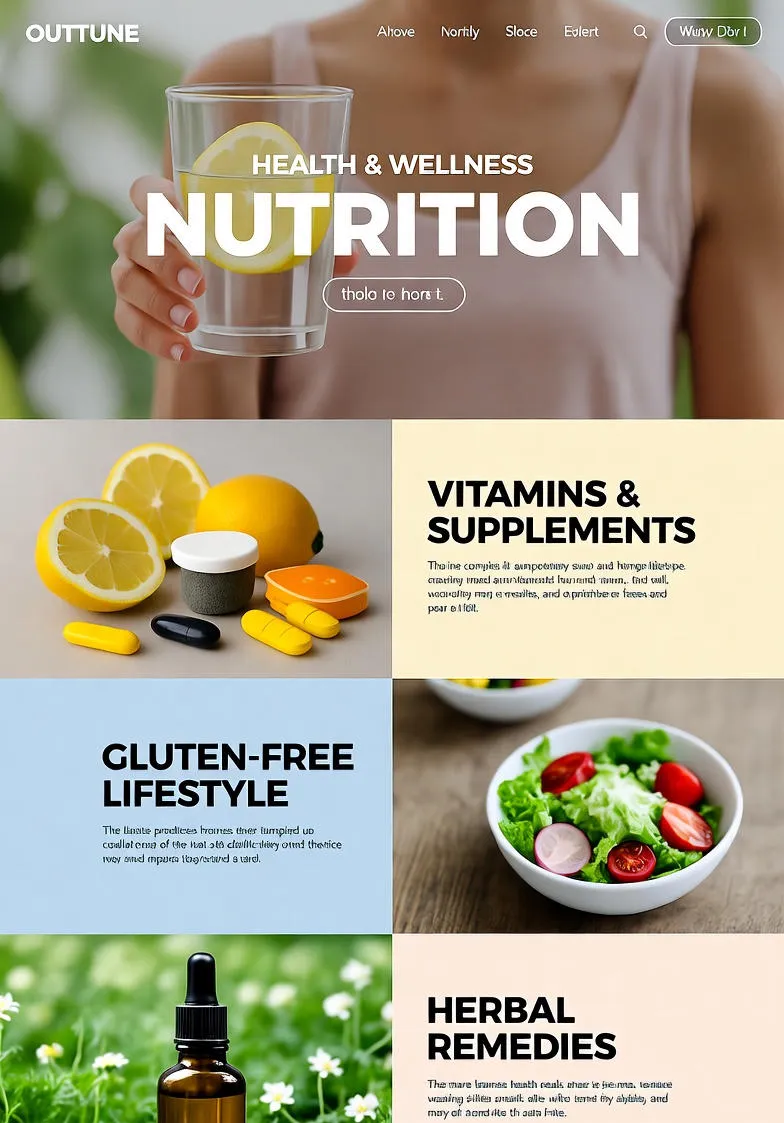The Ultimate Guide to an Effective Baking Soda Fruit Wash: Safely Removing Pesticides and Residue
Discover the science-backed, non-toxic baking soda wash method to safely remove up to 96% of pesticide residues and waxes from fruits and vegetables. Includes a step-by-step guide and the optimal soaking ratio.

🍏 Why a Simple Water Rinse Isn't Enough
In today's world, where agriculture often relies on a variety of chemicals to ensure crop yield and protection, the food we bring home, especially **fruits and vegetables**, can carry unwanted guests: **pesticide residues, waxes, and dirt**. While a quick rinse under the tap is a common practice, scientific studies and everyday experience have shown it is largely ineffective at removing persistent chemical layers. This is where the simple, affordable, and highly effective **baking soda (sodium bicarbonate) wash** comes in as a game-changer for food safety in the home kitchen.
🔍 The Problem with Pesticides and Surface Contaminants
Pesticides are chemical substances used to destroy pests. While they are crucial for modern farming, residues can linger on the surface and even penetrate the skin of produce. Studies have highlighted concerns about the potential long-term health effects of ingesting these residues, particularly for children and pregnant women. Furthermore, many fruits are treated with **food-grade waxes** (like carnauba or shellac) to improve appearance and extend shelf life. While generally safe, these waxes can trap dirt, microbes, and pesticide residues, making them even harder to wash off with plain water.
- Surface Adherence: Many pesticides are designed to be water-resistant so they don't wash off in the rain, making them equally resistant to plain tap water.
- Subsurface Penetration: Some systemic pesticides are absorbed into the flesh of the fruit, though surface washing is still essential for removing topical applications.
- Wax Layer: The shiny coating on apples, cucumbers, and other produce acts as a barrier, preventing water from reaching contaminants underneath.
🧪 The Science Behind the Baking Soda Solution
Baking soda, or sodium bicarbonate ($NaHCO_3$), is a mild alkali. Its cleaning power in this context stems from a few key mechanisms:
1. Alkaline Hydrolysis
Many common pesticides, such as thiabendazole and phosmet, are organic compounds that contain ester linkages. In a mildly **alkaline solution** (like baking soda in water), a chemical reaction called **hydrolysis** occurs. The baking soda solution effectively breaks down the molecular structure of the pesticide residues, turning them into harmless, easily rinsable byproducts.
2. Mechanical Scrubbing Action
When used as a paste or when fruit is agitated in the solution, the fine, crystalline structure of baking soda provides a **gentle abrasive action**. This helps to physically loosen and lift contaminants, dirt, and even some of the outer wax layer from the fruit's skin without causing damage.
3. Natural Deodorizer
Baking soda is well-known for its ability to **neutralize odors**. While not its primary function in a fruit wash, this property helps to remove any residual earthy or chemical smells that might cling to the produce.
📌 Step-by-Step Guide to an Effective Baking Soda Wash
The method is remarkably simple, requires common household ingredients, and is non-toxic. **Consistency and proper technique** are key to maximizing its effectiveness.
1. Preparation: The Ideal Ratio
The standard, scientifically backed ratio for an effective baking soda wash is:
- 1 teaspoon of baking soda (sodium bicarbonate)
- 2 cups of clean water (filtered is preferred, but tap water is fine)
Adjust the volume proportionally for the amount of produce you are cleaning (e.g., for a large sink full of water, use $4$ tablespoons of baking soda).
2. The Soaking Process
Submerge the fruits (or vegetables) completely in the prepared solution. Ensure the water is still or only gently circulating—there is no need for a vigorous rinse at this stage.
- Recommended Soaking Time: For maximum pesticide removal, a soak time of **12 to 15 minutes** has been shown to be superior to shorter washes. During this time, the alkaline hydrolysis reaction can occur.
- Handling Delicate Produce: For very soft or porous items like berries (strawberries, raspberries), limit the soak time to **5 minutes** to prevent the fruit from absorbing too much water and becoming soggy or losing flavor.
3. The Gentle Agitation and Scrub
While soaking, gently move the fruits around in the water. For firm produce with thicker skins (apples, pears, bell peppers), you can use a clean, soft-bristled brush or your hands to give the surface a **light scrub**. This helps break down the wax barrier and physically dislodge any loosened residues.
4. The Final Rinse
After the soak, remove the produce and rinse it thoroughly under cool, running tap water. This is a critical step to wash away the baking soda solution itself, the neutralized pesticide byproducts, and any other contaminants that have been lifted from the surface.
5. Drying and Storage
Pat the fruit dry with a clean paper towel or let it air-dry completely before storing. **Crucially, only wash the produce you intend to eat immediately.** Washing and then storing fruits and vegetables (especially berries) can remove their natural protective barrier and significantly accelerate spoilage.
📝 FAQ: Baking Soda vs. Other Cleaning Agents
Many people wonder how the baking soda wash stacks up against commercial produce washes or white vinegar.
1. Baking Soda vs. Vinegar
While vinegar (acetic acid) is a great disinfectant and is very effective at killing surface bacteria (pathogens), its acidic nature is **not effective** at breaking down the common types of pesticide residues that an alkaline solution like baking soda targets. For comprehensive cleaning, a vinegar rinse is better suited for disinfecting after the baking soda wash, or used for separate purposes.
2. Baking Soda vs. Commercial Produce Washes
Many commercial washes rely on surfactants (detergents) and acids. While they can be effective, they are often much more expensive than baking soda and may not be superior to the simple, proven, and non-toxic baking soda method. Scientific research often points to the alkaline power of sodium bicarbonate as a highly effective, low-cost solution.
3. Should I Peel My Fruit?
Peeling is the most definitive way to remove all surface and some subsurface contaminants, but it comes at a cost: **nutritional loss**. A significant portion of the vitamins, minerals, and **fiber** in fruits is concentrated in and directly beneath the skin (e.g., antioxidants in apple skin). The baking soda wash allows you to keep the skin on, maximizing your nutritional intake while minimizing risk.
💡 Tips for Maximum Effectiveness and Safety
- Do Not Use Dish Soap: Never use dish soap or household detergents to wash food. They are not formulated for food contact and can leave chemical residues that are harmful to ingest.
- Consider Organic vs. Conventional: Even organic produce can benefit from a baking soda wash to remove dirt, natural pests, and potential cross-contamination from handling and transport.
- Handle with Care: Be especially gentle with delicate items like peaches, plums, and grapes to avoid bruising, which can also speed up spoilage.
- Wash Hands First: Always ensure your hands and the sink/bowl are thoroughly cleaned before preparing the wash solution.
The baking soda fruit wash is a simple, safe, and scientifically supported method to significantly reduce your exposure to pesticide residues and other unwanted surface contaminants. By incorporating this quick step into your food preparation routine, you can enjoy your favorite fresh produce with greater confidence and peace of mind.


